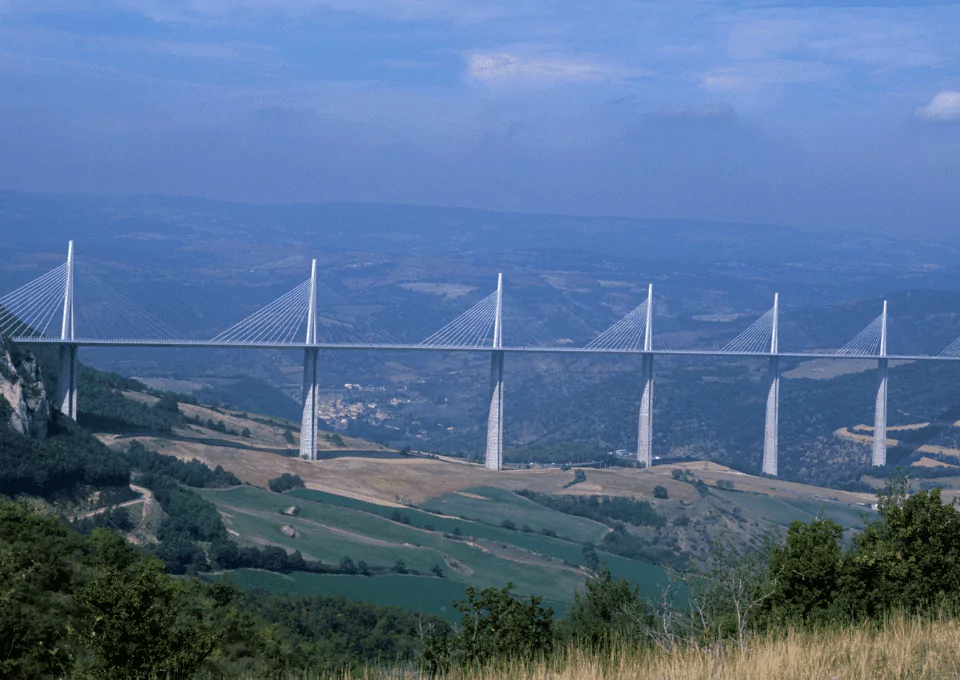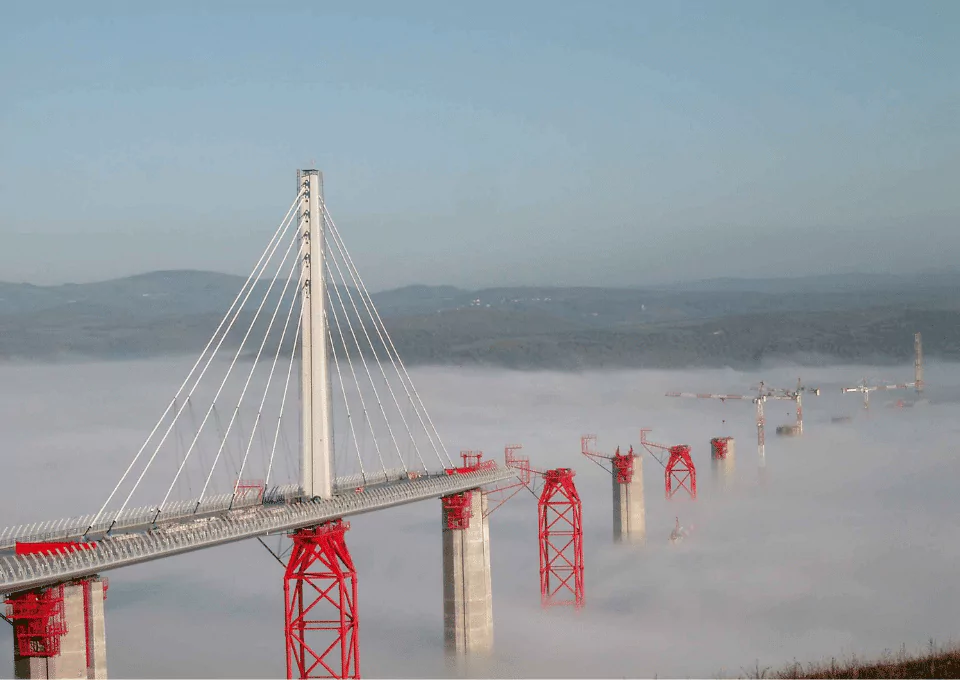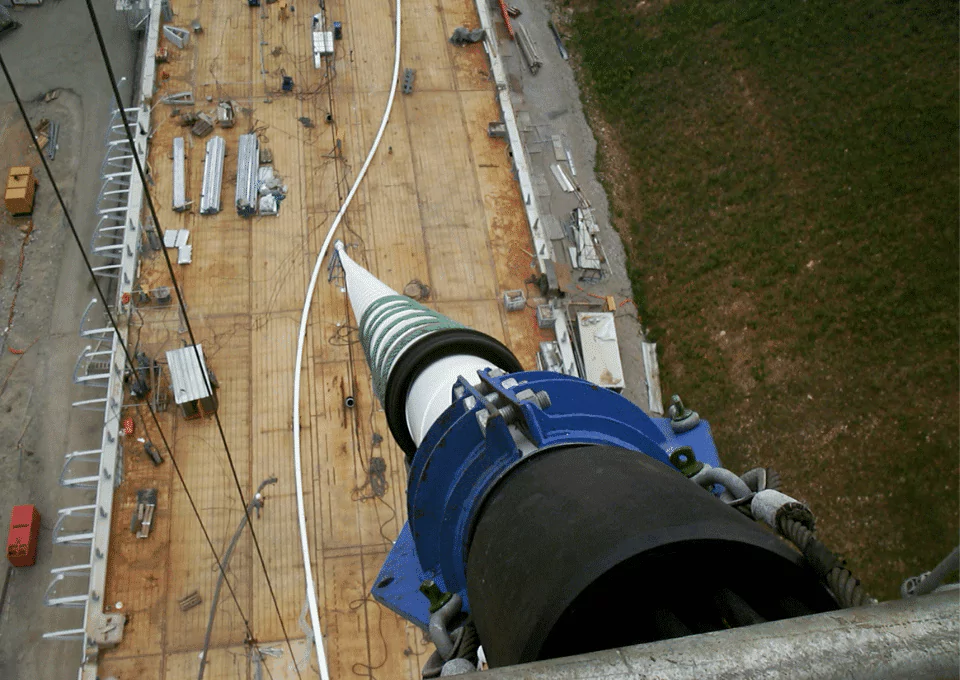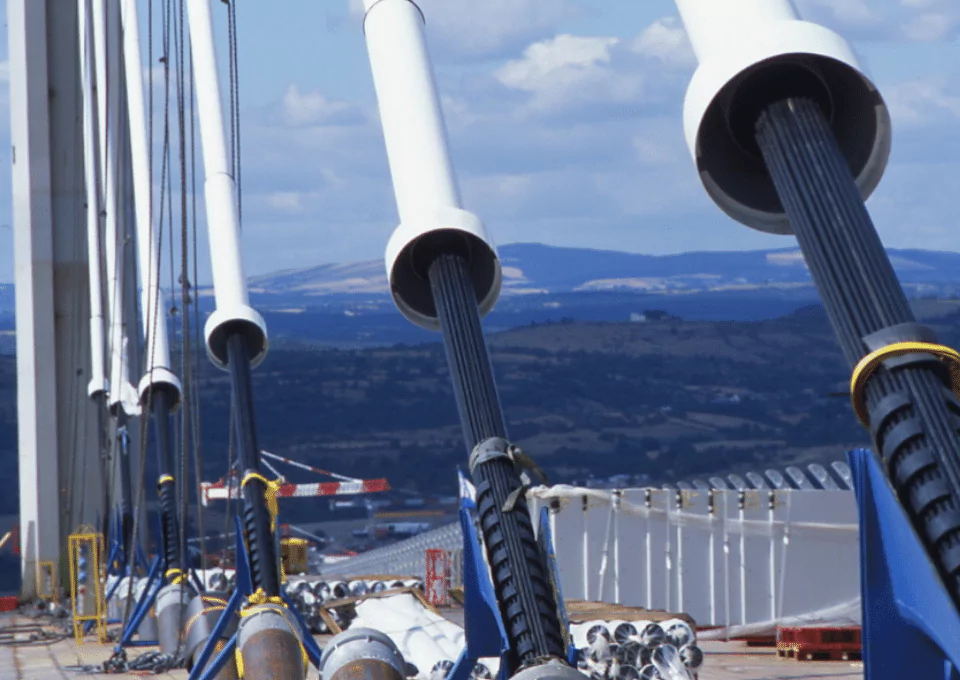
Worldwide landmark
While the final form of the bridge is now an enduring landmark that is recognised across the world, the skills and technology used to design and build it showcased the state-of-the-art in structural engineering at the time.
The structure was built as part of a toll road for concessionaire Compagnie Eiffage du Viaduc de Millau and had to be completed in just 39 months – an incredibly short programme for such a ground-breaking design. With such a structure, many of the key elements were on the critical path, leaving little room for error.



